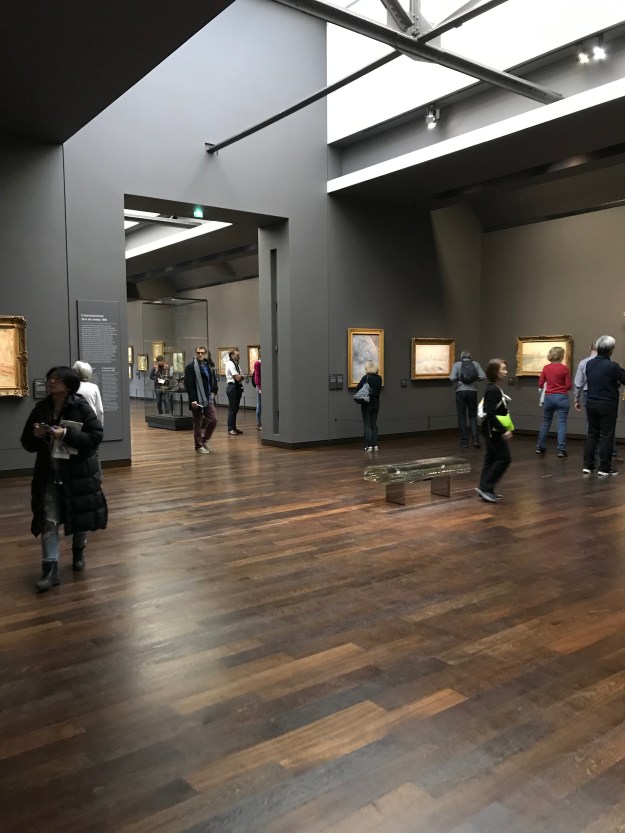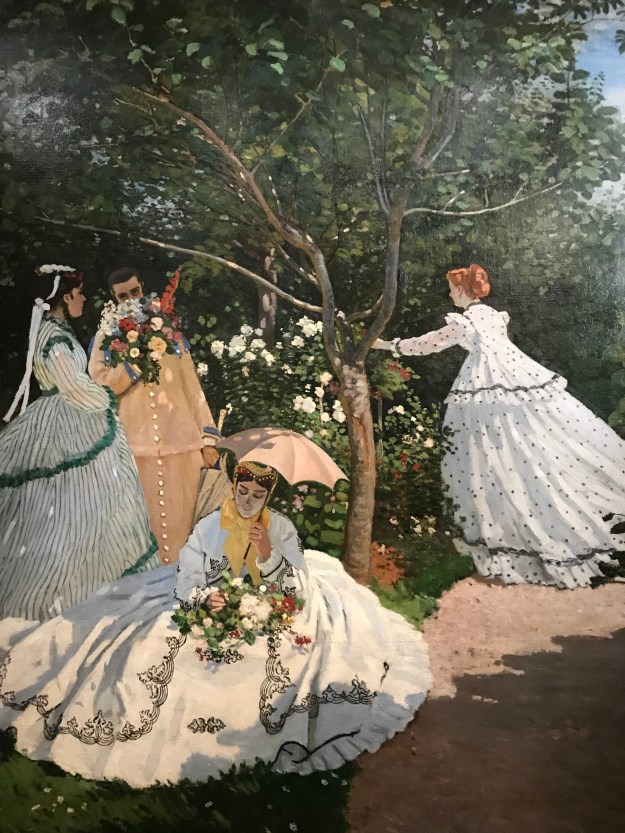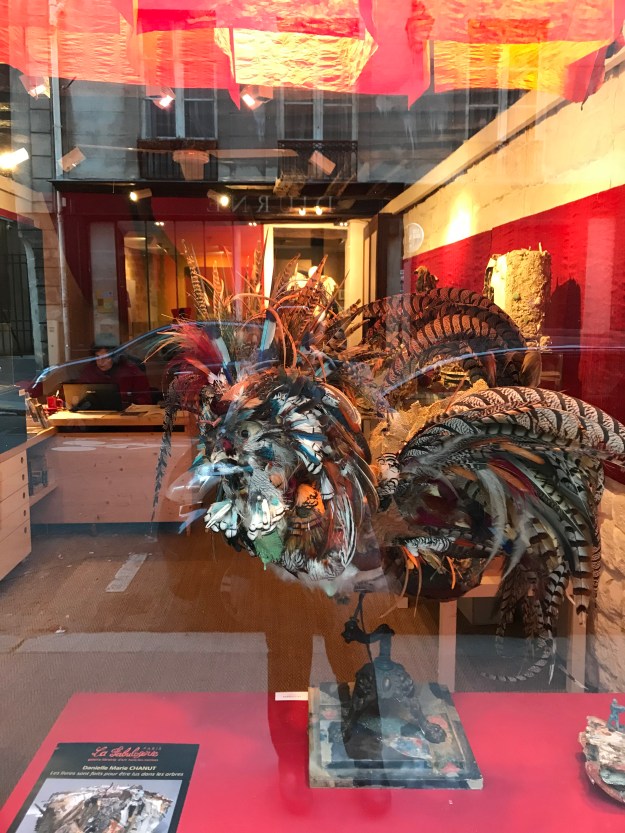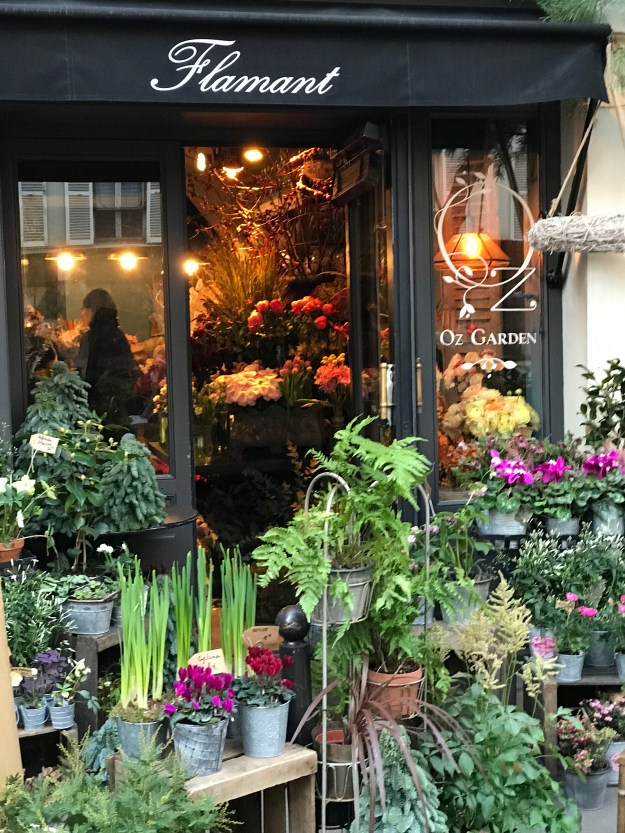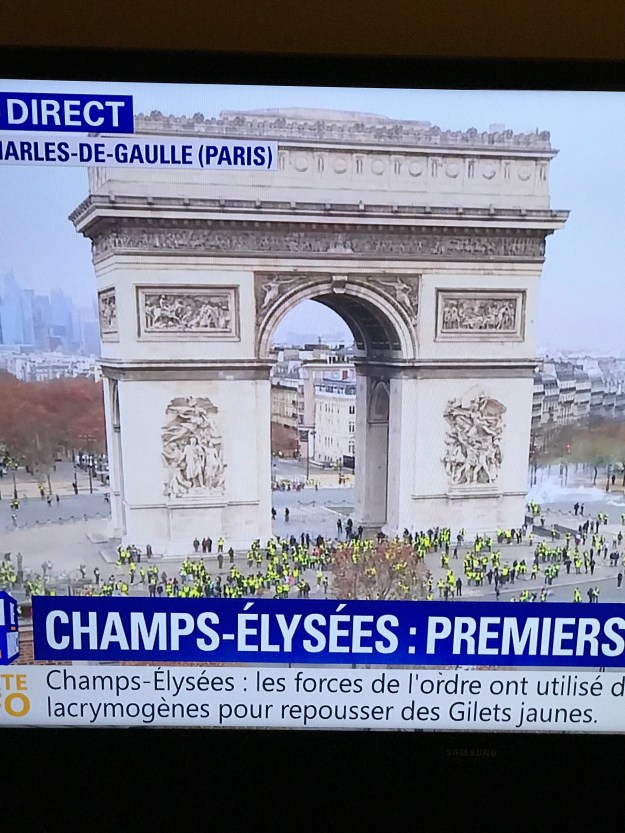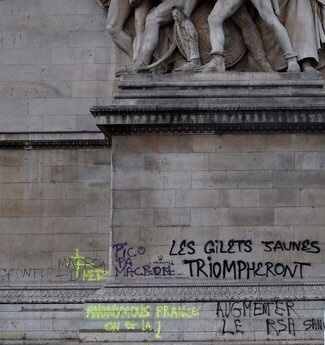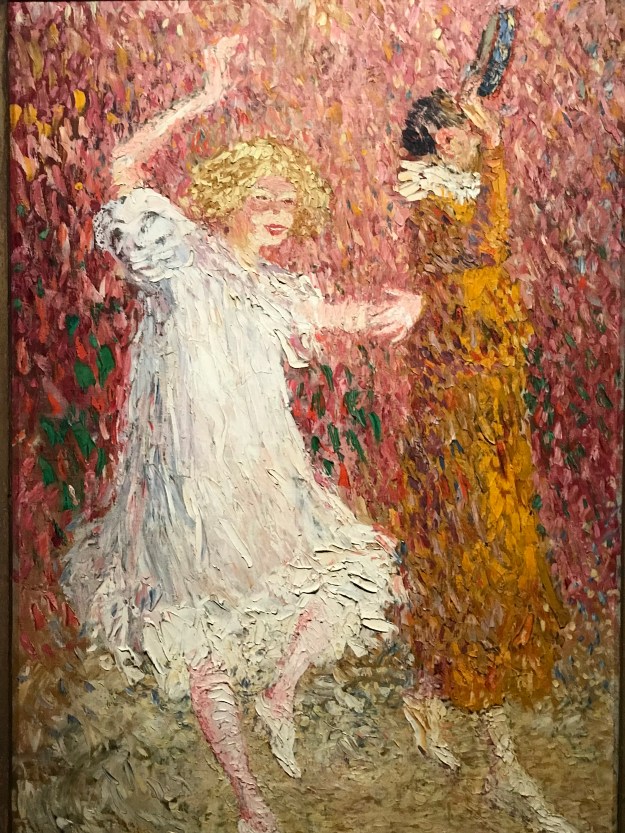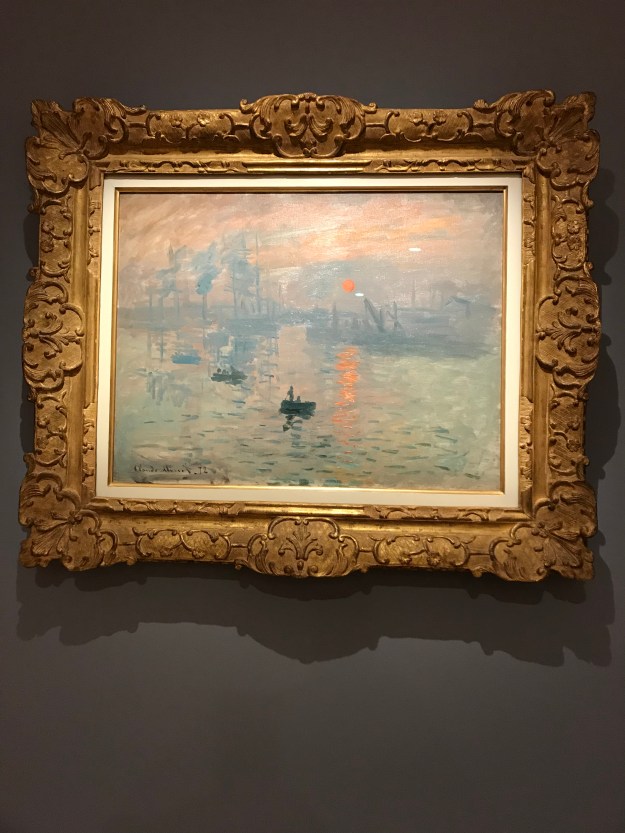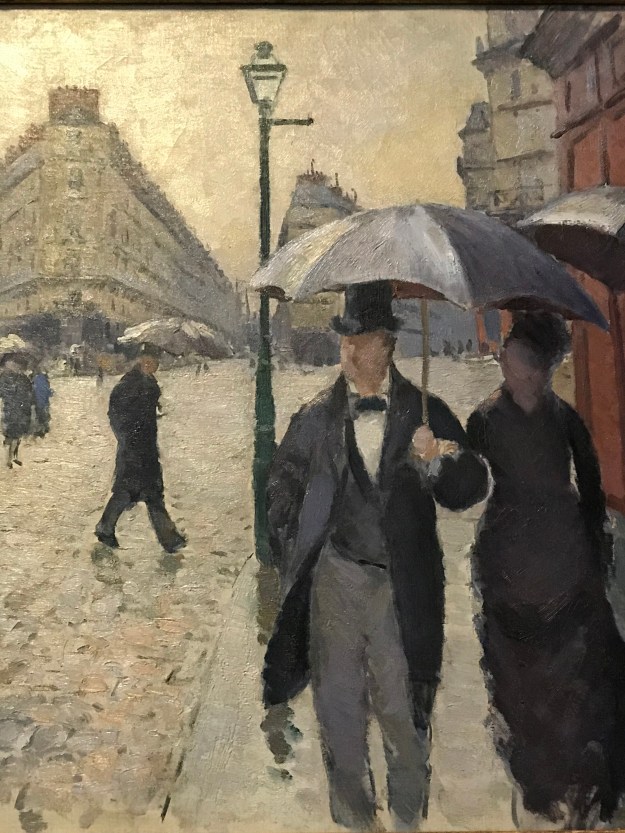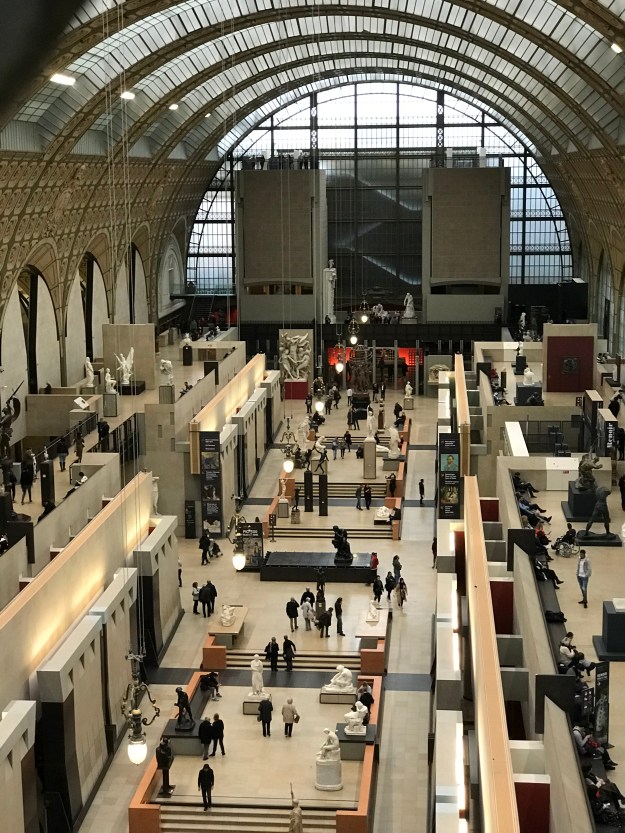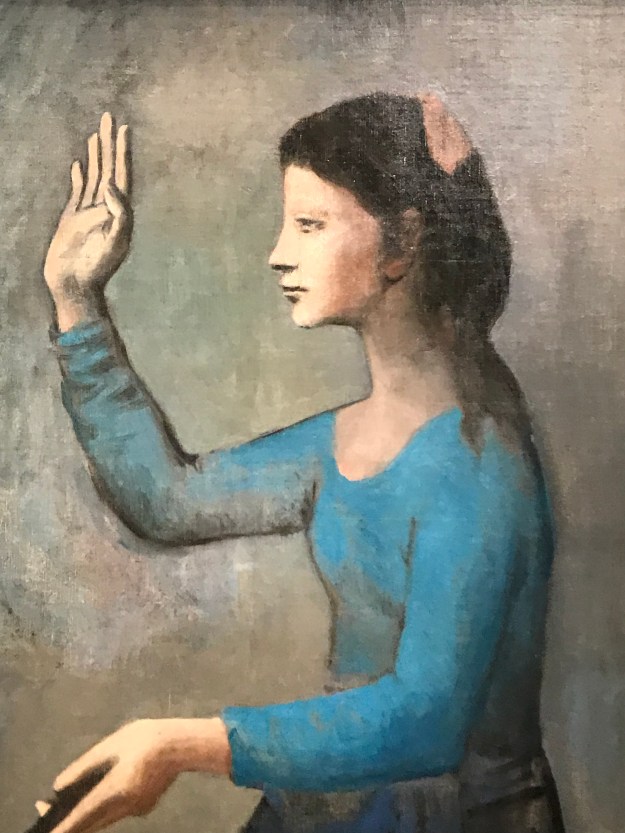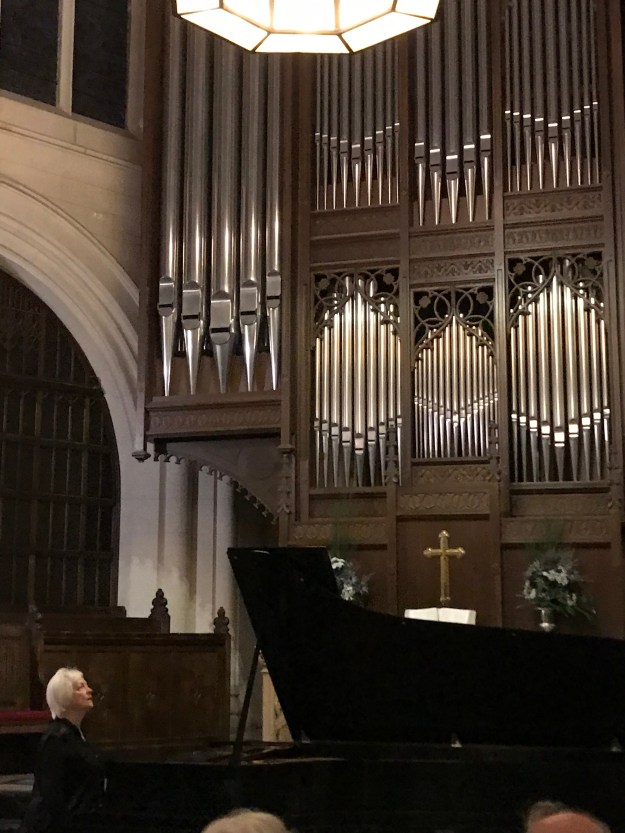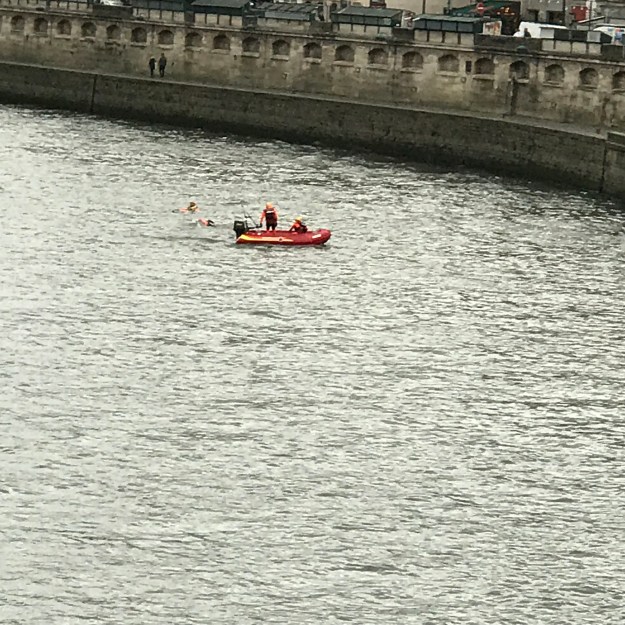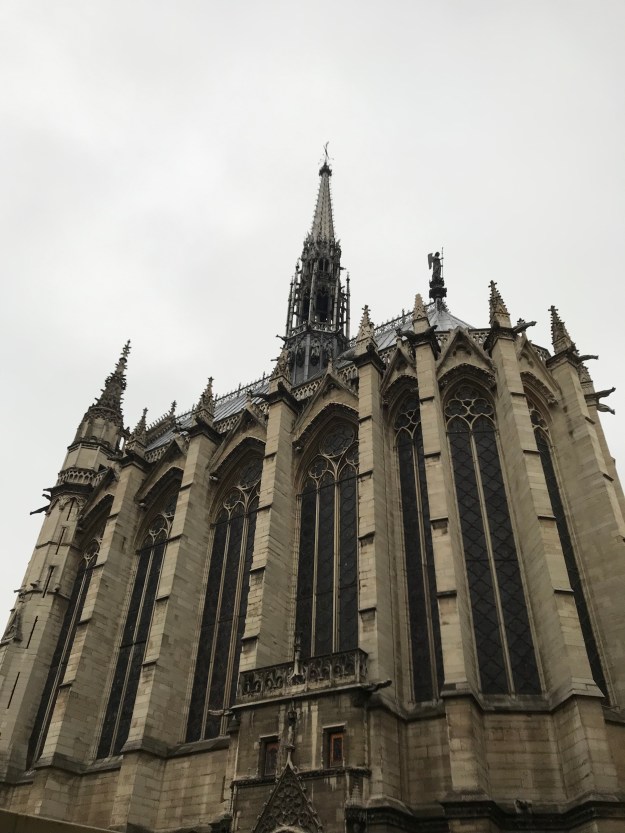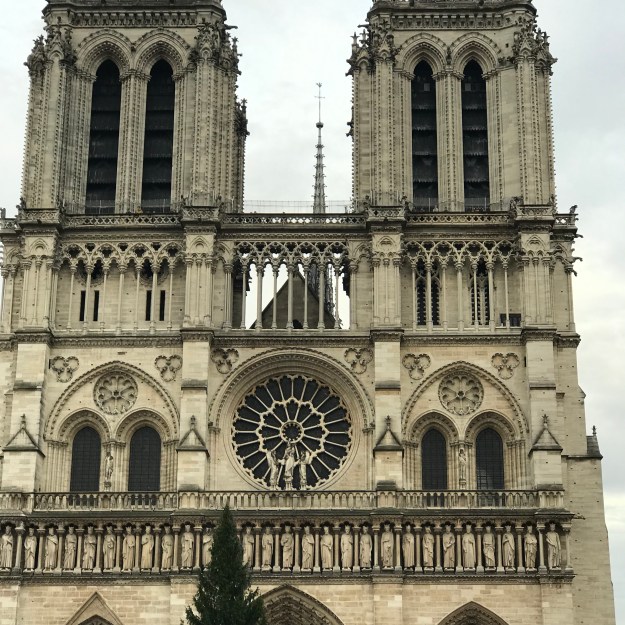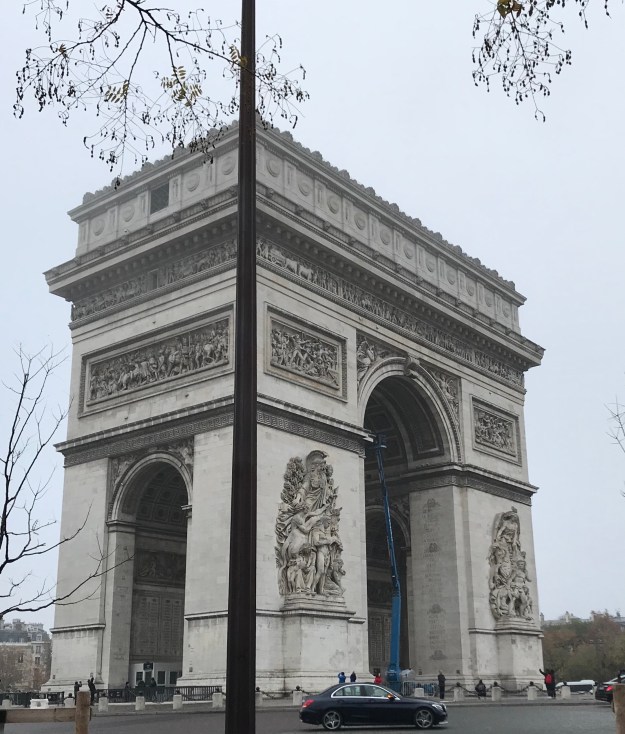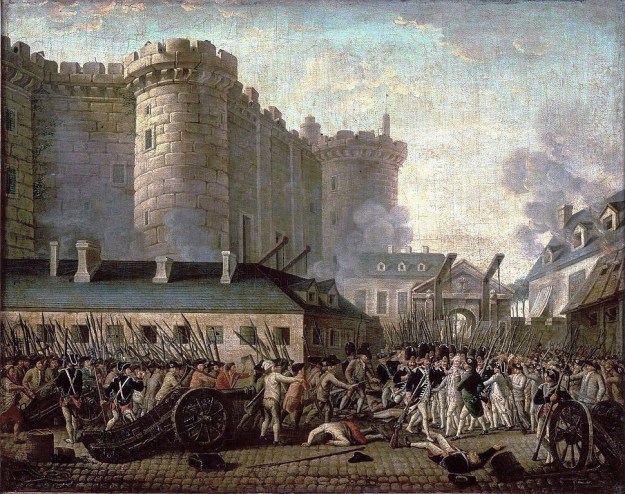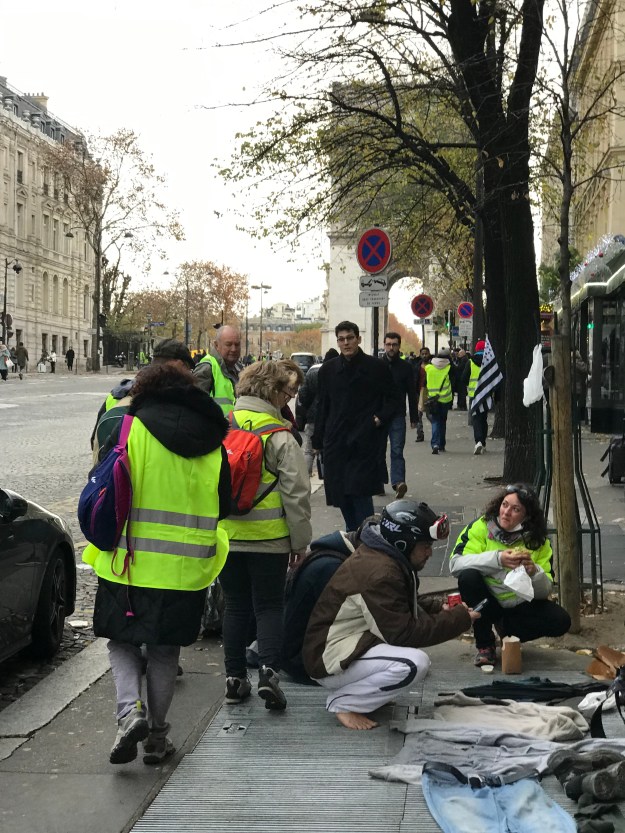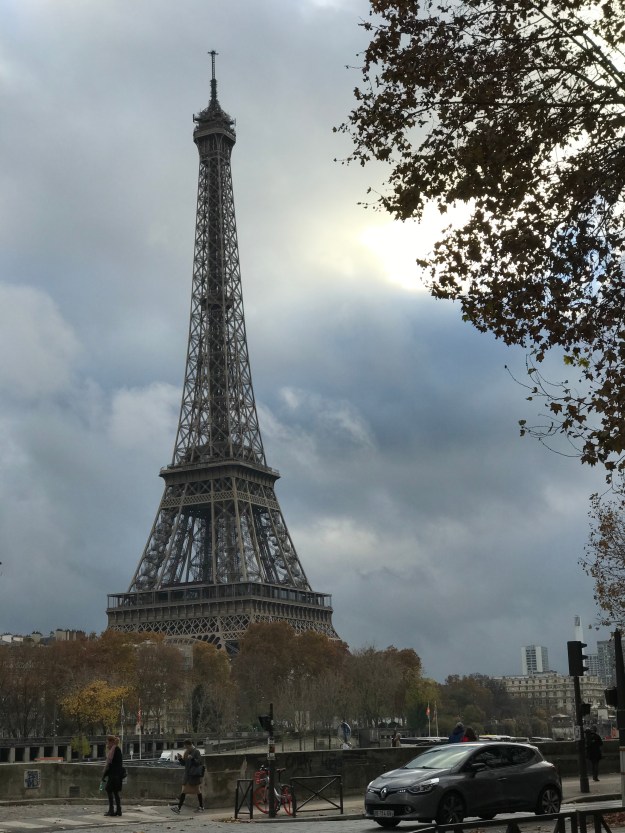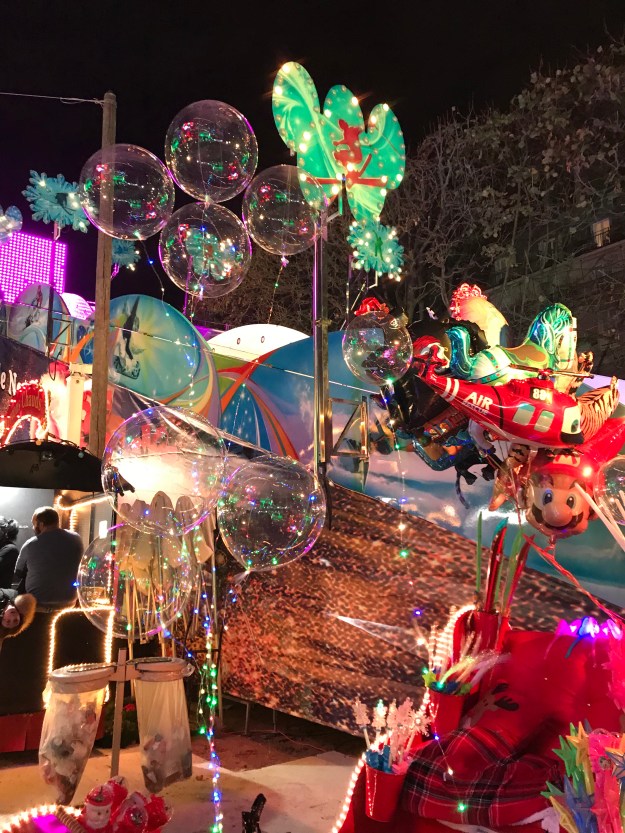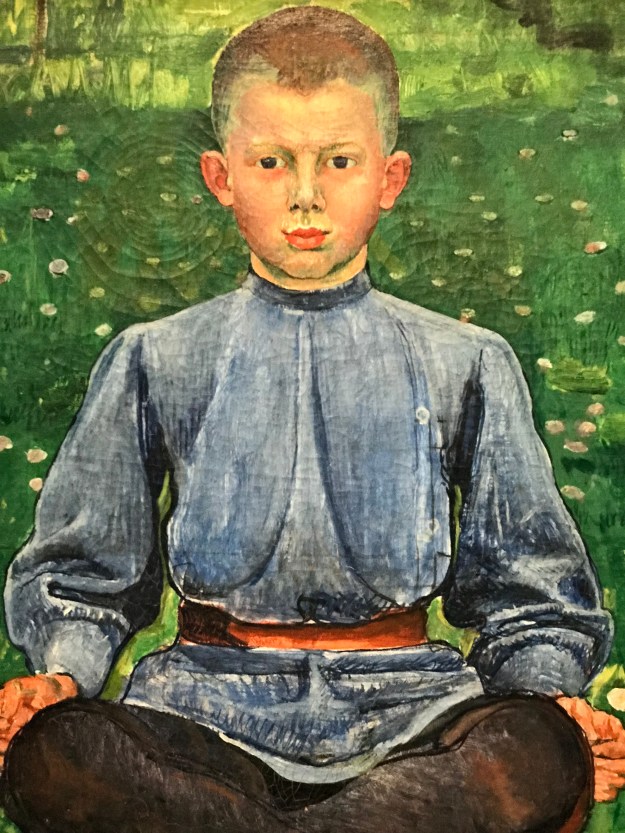
Detail from Portrait de Werner Miller, Ferdinand Hodler, 1899, Musee d’Orsay
I love portraits of children. After a recent trip to Paris, I have a new favorite collection of them. The one above is newly-acquired by the Musée d’Orsay. (They had to do extensive restoration–the paint still has obvious cracks). It’s by the influential Swiss painter Ferdinand Hodler, 1853-1918. He carefully observed reality, but believed that the artist should go beyond appearance to reveal the underlying structure and essence of the subject. Young Werner Miller looks to me like a stern old man in a child’s body. Or maybe he’s a child clenching his fists in an effort to escape from an old man’s stiff pose?
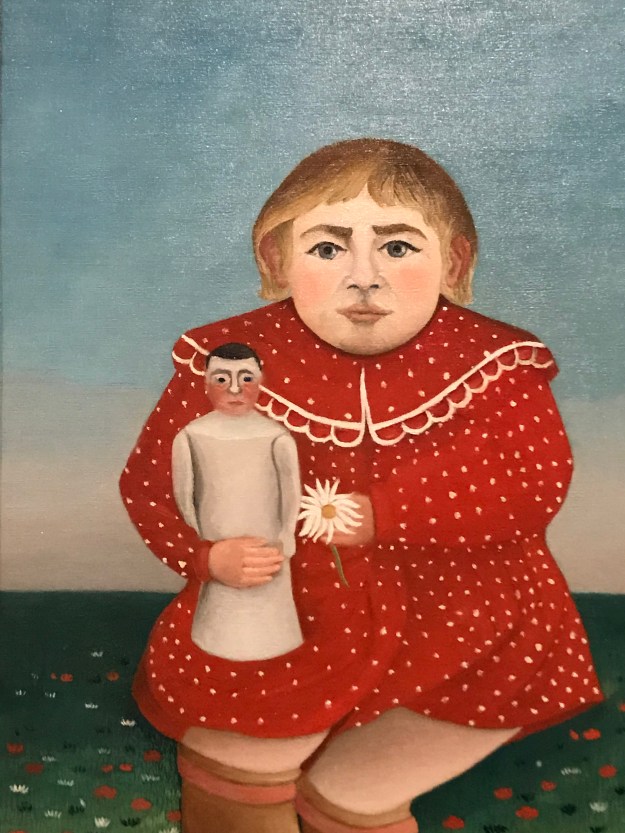
Detail from “L’Enfant a la Poupee,” Henri Rousseau, 1904-5, Musee de l’Orangerie
Henri Rousseau painted this girl with a doll around 1994-5. She’s a beautiful child, but she also looks strangely mature. She looks self-aware, dead serious, possibly thinking intently of her future. Is the doll on her lap her adult self, upright and a little rigid? Could be. Then again, maybe she’s going to grow up to be a heartbreaker. Maybe the doll is a man that her future self will tame. She remains an enigma, in the Musee de l’Orangerie in Paris.

Detail from “La Petite Marcelle,” Berthe Morisot, 1895, Marmottan Museum
Berthe Morisot was one of the very few women Impressionists. She had a special rapport with children. I like that she didn’t seem to require them to play up to the viewer. (Of course, I know that the French tend to think people who smile are stupid. I try to remember that when walking along a Paris street, smiling my wide American-tourist smile at everybody I pass because I’m happy to be there). Berthe Morisot was married to Eugène Manet, brother of Édouard Manet. The Marmottan Museum on the outskirts of Paris has a large collection of her work.
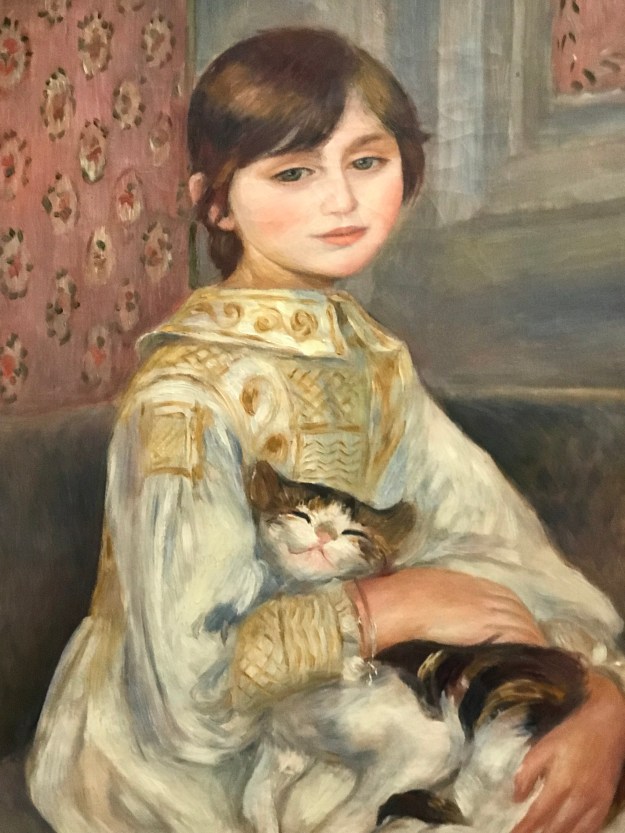
Detail from “Julie Manet,” Pierre August Renoir, 1887, Marmottan Museum
Julie Manet, the daughter of Berthe Morisot and Eugène Manet, had her childhood portrait painted by Pierre Auguste Renoir, no less. Renoir had a particularly sunny outlook; he must have encouraged not only the child but also her cat to smile.
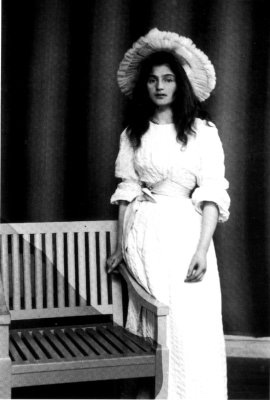
Julie Manet, unknown photographer, Public Domain
The Marmottan also displays a photo of Julie as a young woman. Sadly, both her parents died, leaving her an orphan at age 16. But she was cared for within her circle of artistic friends and relatives. Her uncle, Edouard Manet, also painted her, she became an artist herself, and she lived to the ripe old age of 87.

Detail from “Portrait de la fille de Jenny Le Guillou,” Eugène Delacroix, 1840, Louvre
Eugene Delacroix painted the daughter of his loyal servant and dear friend, Jenny Le Guillou, in 1840. Sadly, the child had died young. The portrait was posthumous. Jenny herself became increasingly important to the artist, fetching his paint from the shop and critiquing his work. She was with Delacroix when he died in 1863. It’s a lovely and sensitive portrait, and heartbreaking too.
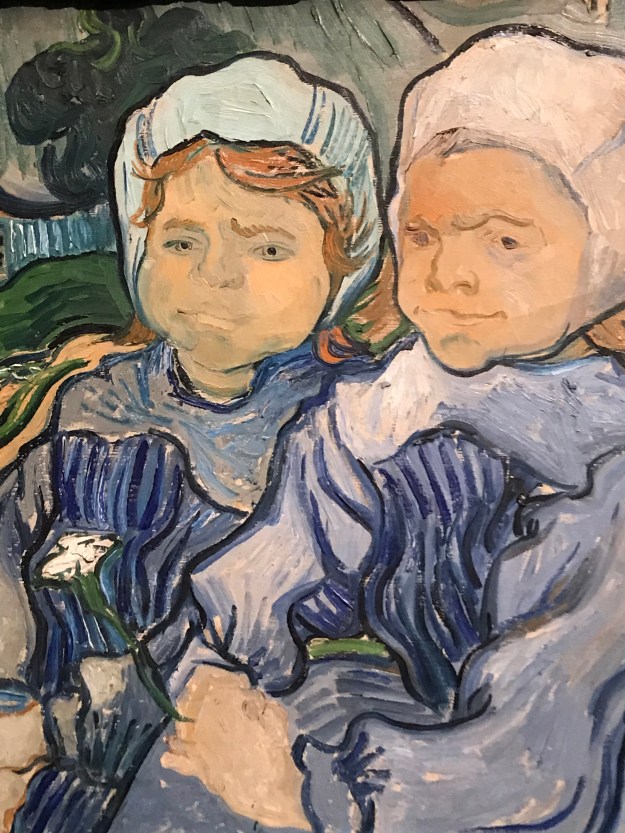
Detail from “Deux Fillettes,” Vincent Van Gogh, 1890, Musee d’Orsay
Vincent Van Gogh painted these two little girls in 1890. I could look at this deceptively simple painting for hours. The child on the left is a serene beauty; the one on the right is not so pretty. In fact, she looks like an old woman, resigned but already grumpy about her lot in life. But there they are, sisters or maybe friends heading into their lives together.
All the children I know are going back to school in the next week. I wish them all happiness, plenty of new crayons, and childhoods long enough for them to grow into their best selves.

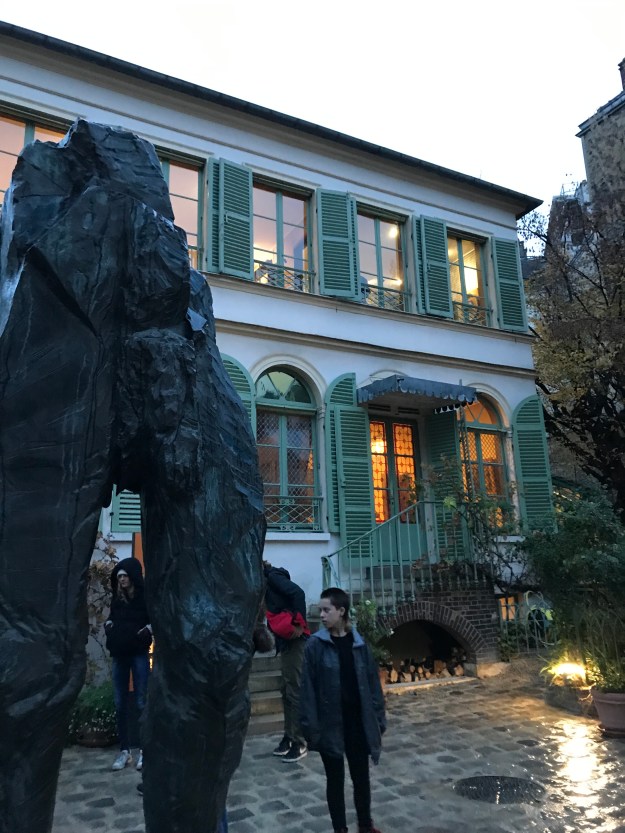
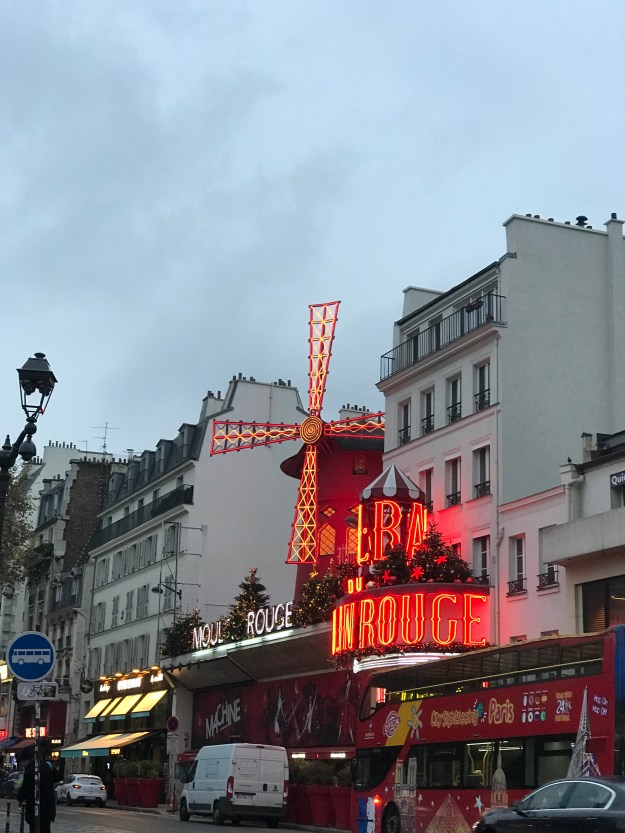
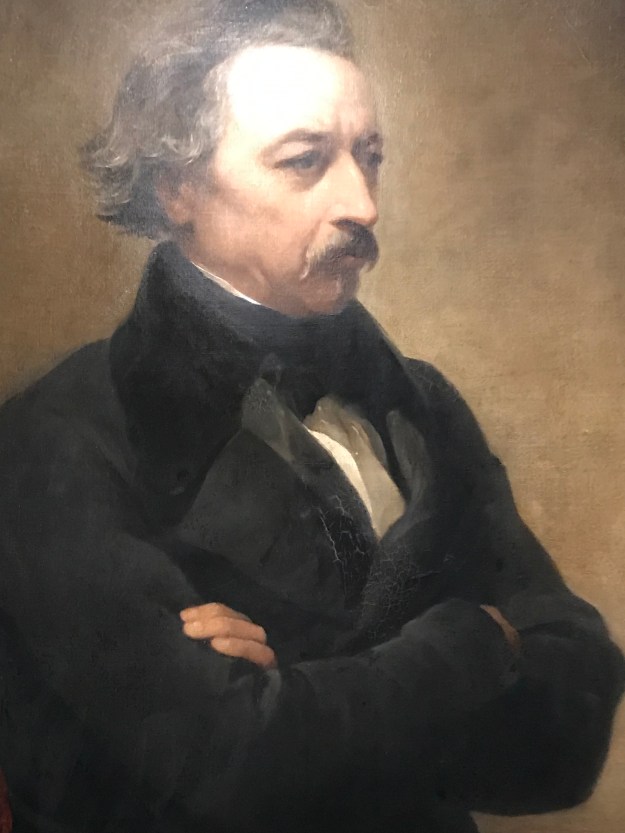

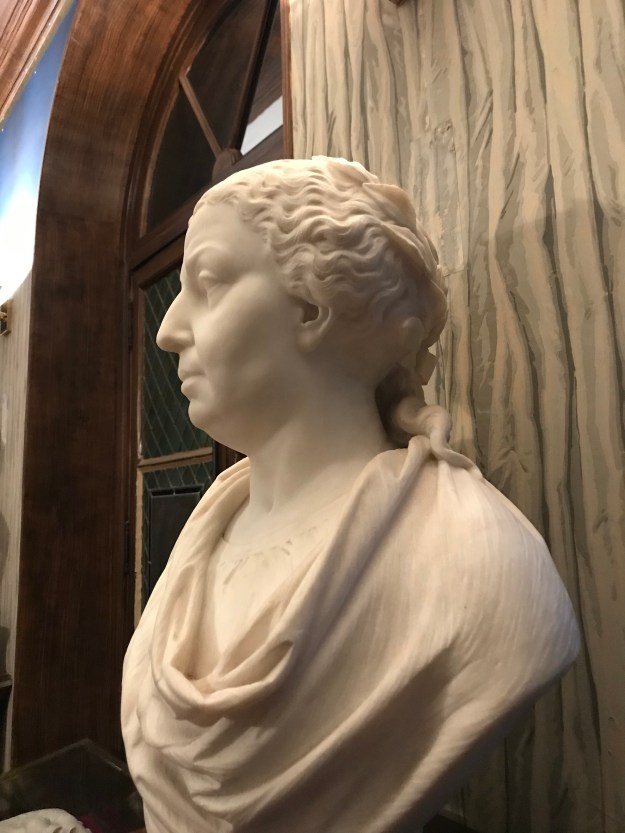
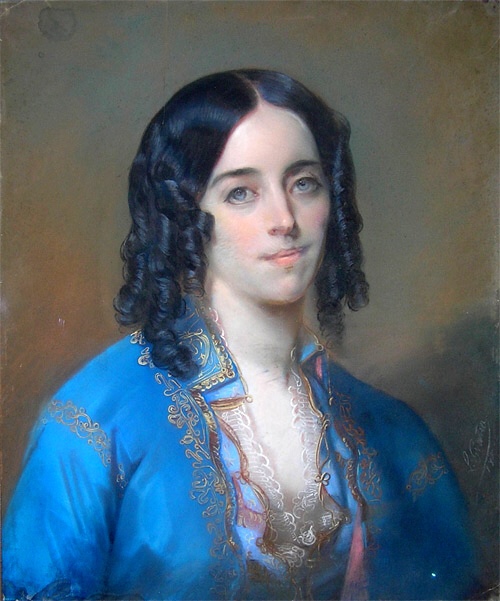
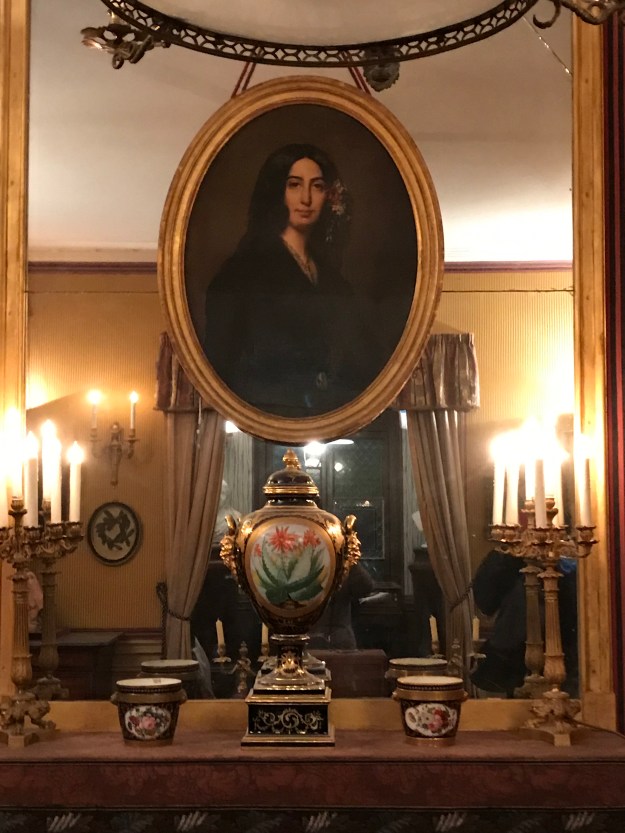


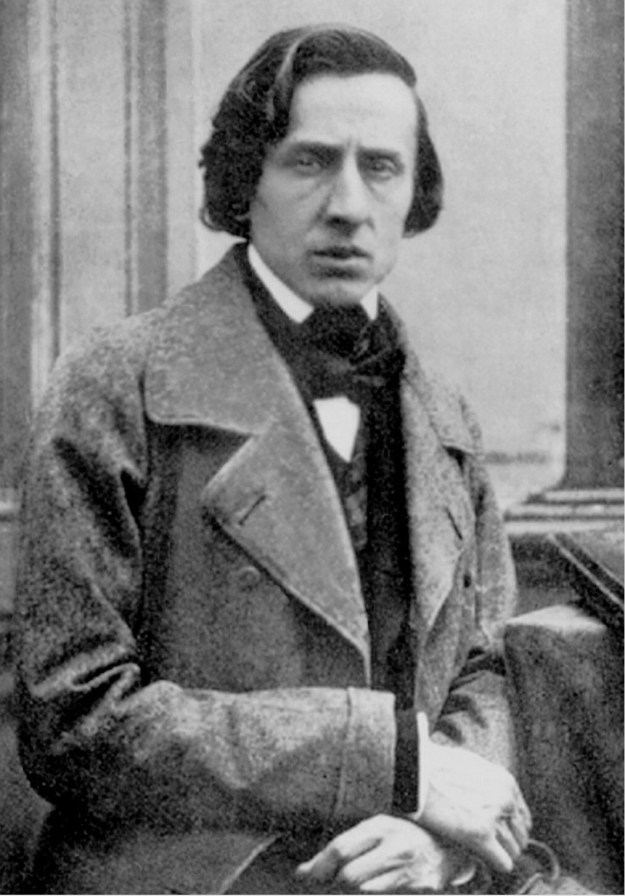
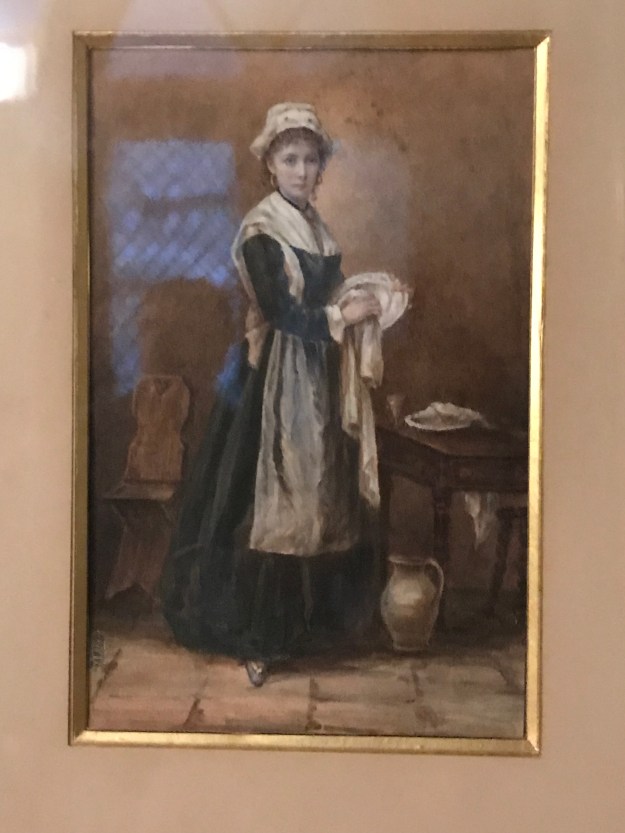


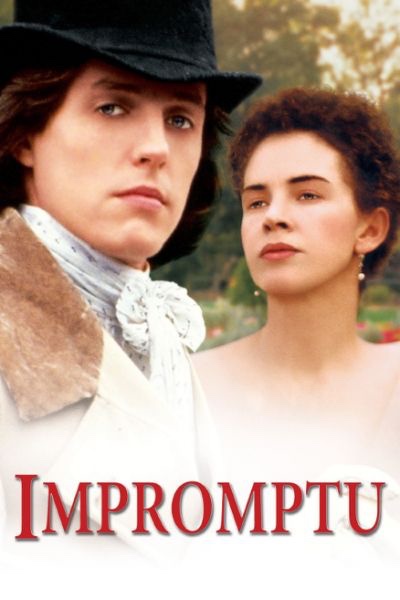 Naturally, George Sand has been the subject of plenty of books and movies. My favorite is the 1991 movie Impromptu, often streaming on Netflix. I’ve seen it before, but I’ll be watching it again. Who can resist Judy Davis as George Sand and Hugh Grant as Frederic Chopin, right at the beginning of their tumultuous affair?
Naturally, George Sand has been the subject of plenty of books and movies. My favorite is the 1991 movie Impromptu, often streaming on Netflix. I’ve seen it before, but I’ll be watching it again. Who can resist Judy Davis as George Sand and Hugh Grant as Frederic Chopin, right at the beginning of their tumultuous affair?

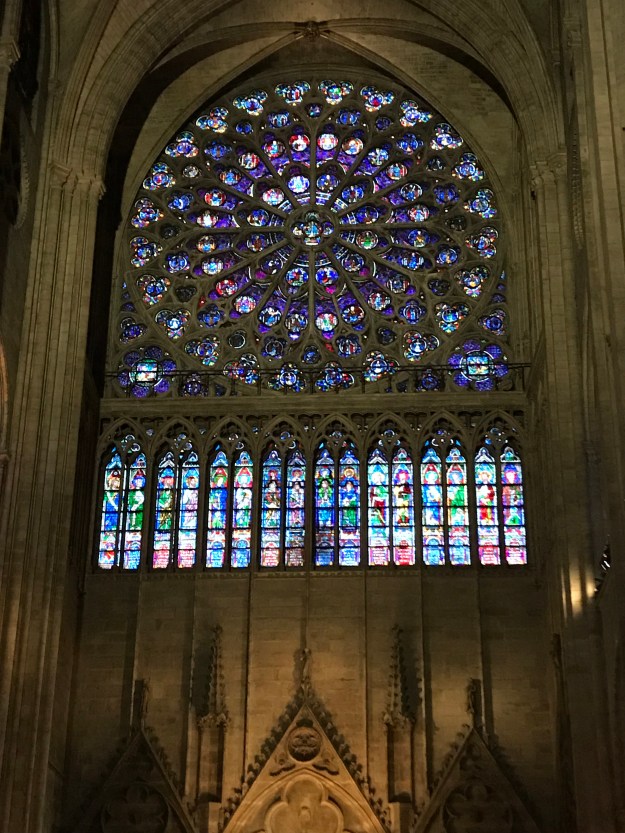
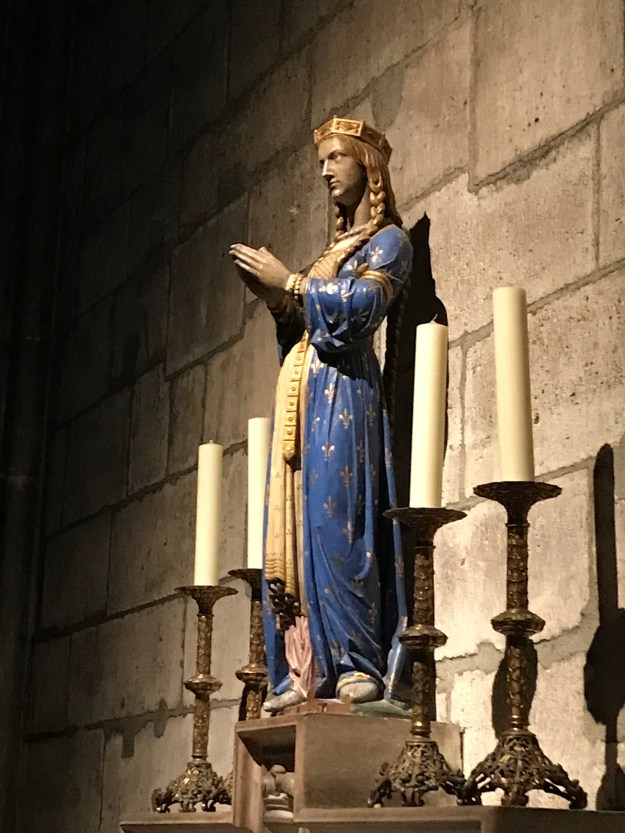

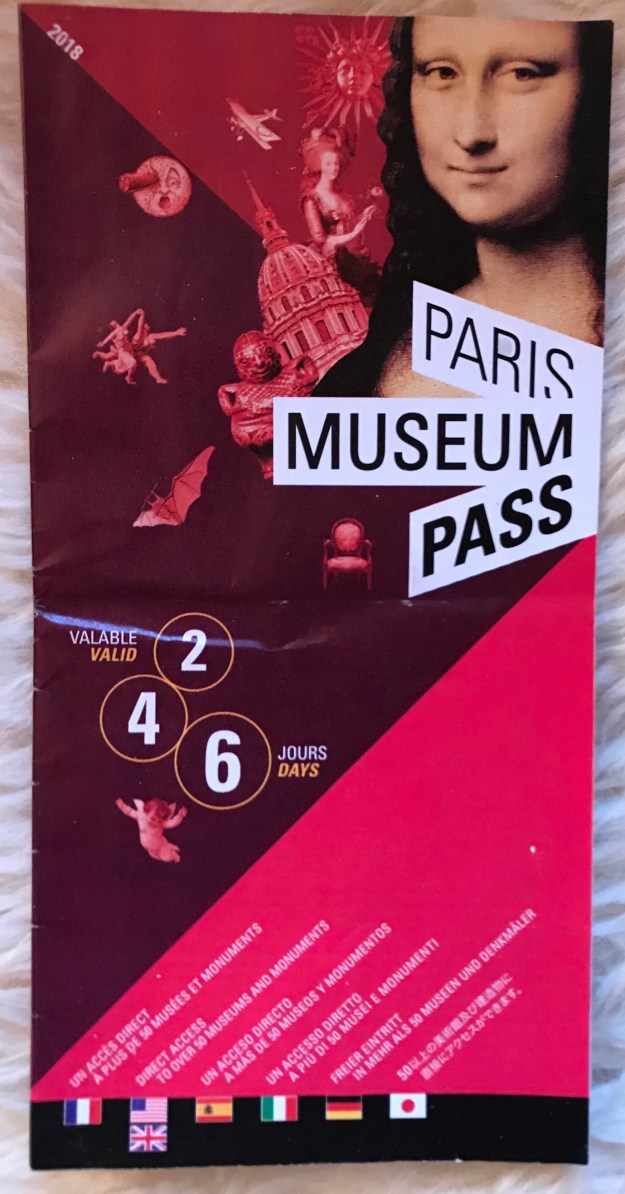




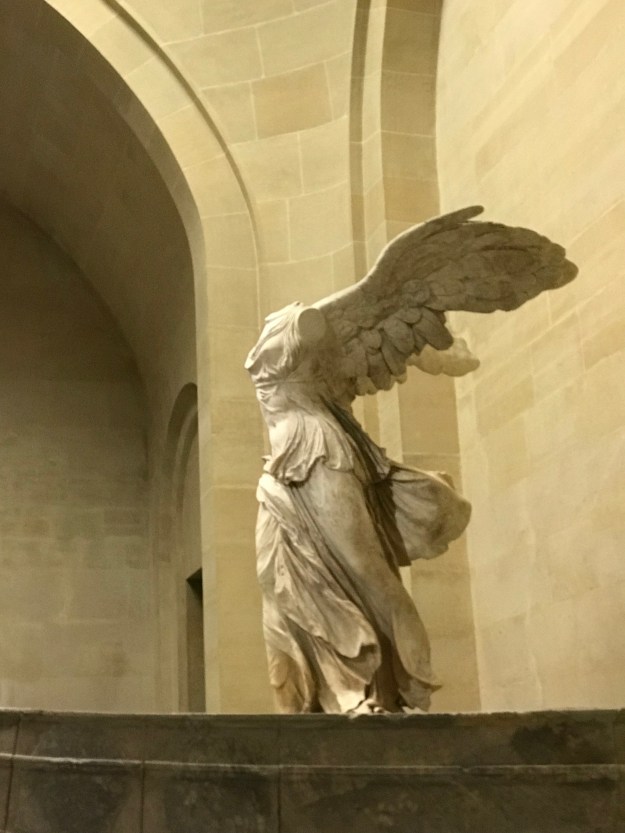


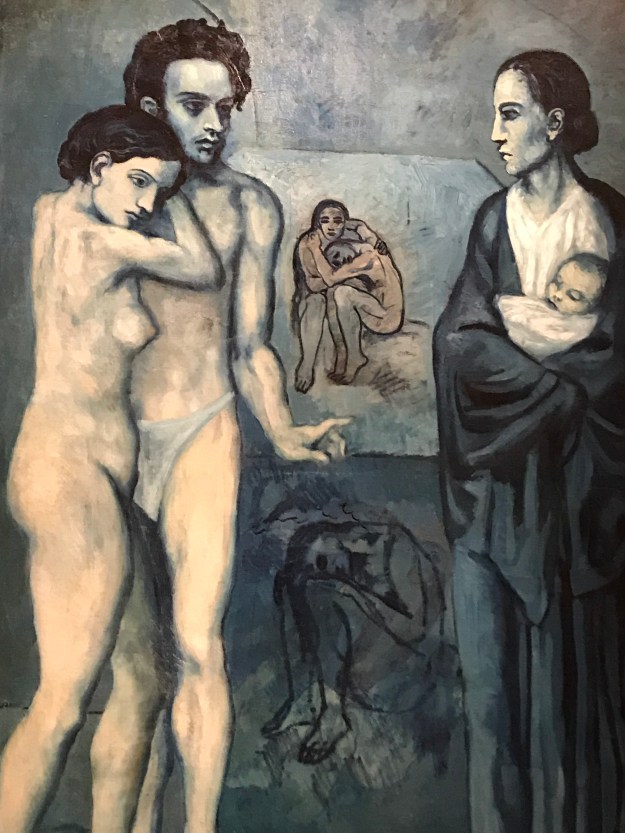
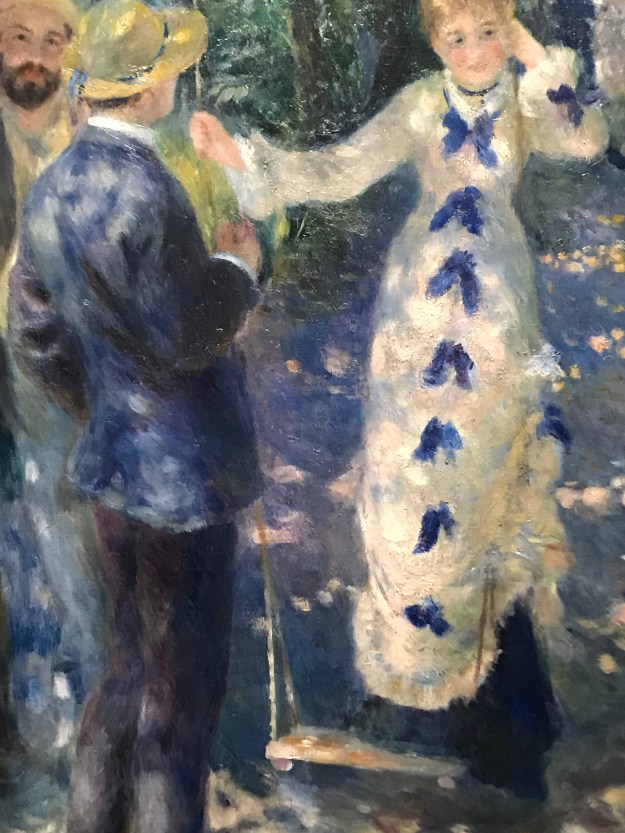
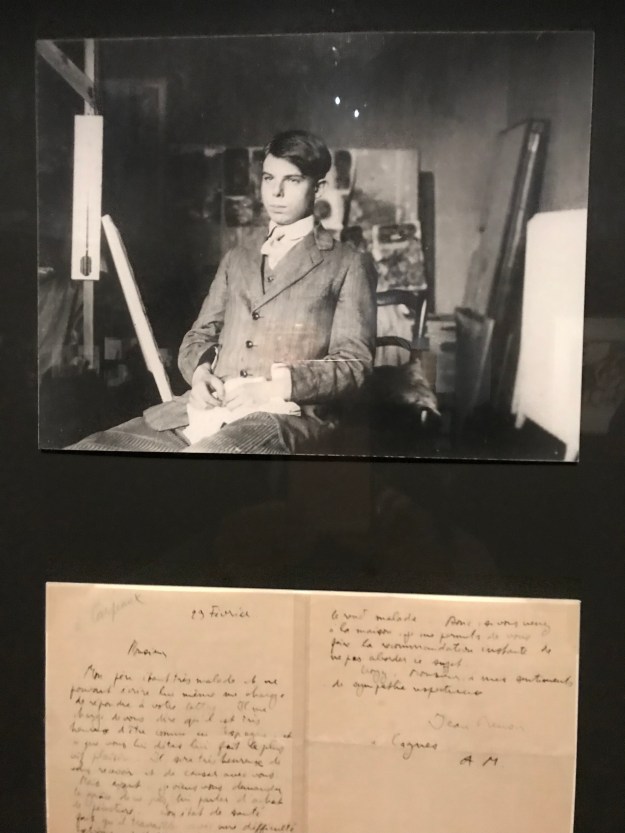 There was a nice exhibit about Renoir and Jean Renoir, his film-making son. Jean took inspiration from the joyous life his dad portrayed in his paintings. It was fun to watch old film clips next to the paintings.
There was a nice exhibit about Renoir and Jean Renoir, his film-making son. Jean took inspiration from the joyous life his dad portrayed in his paintings. It was fun to watch old film clips next to the paintings.